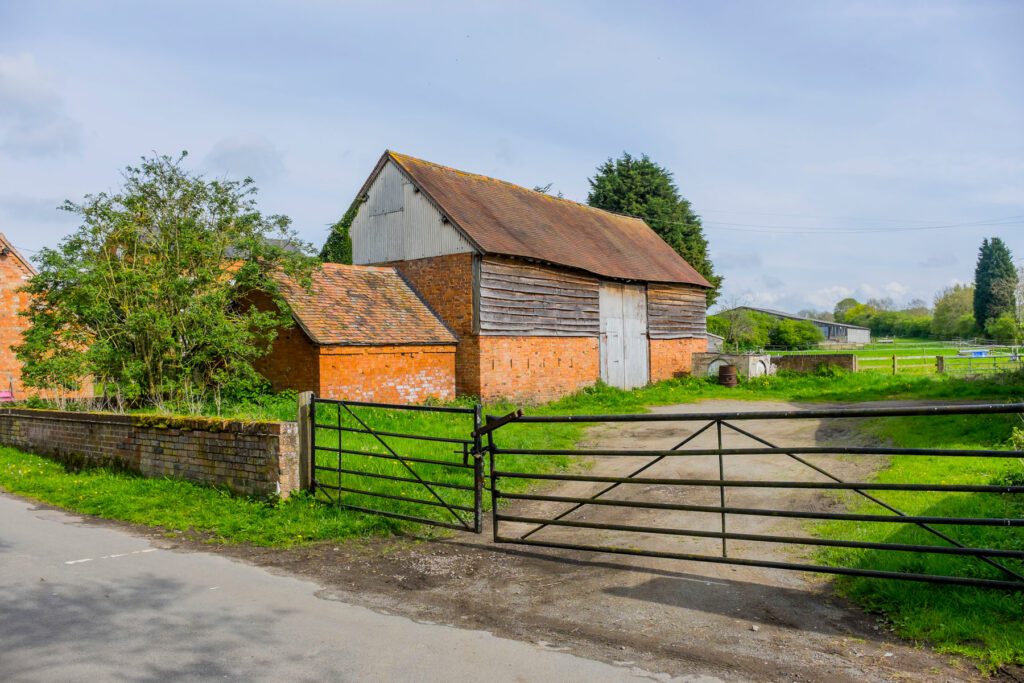Authors
From 21 May 2024 we welcome a range of changes to agricultural permitted development rights (“PDRs”). The ability to change agricultural buildings to residential becomes more flexible and the range of commercial uses to which agricultural buildings can be put is extended.
The amendments have been dubbed “Clarkson’s clause” following TV presenter Jeremy Clarkson’s foray into farming on Diddly Squat Farm, Oxfordshire as seen on Amazon.
The PDRs signal potential opportunities for landowners seeking to develop farm buildings and diversify earnings through farm shops, commercial spaces and sporting venues.
Conversion of barns to residential
Converting a barn to a residential property was already permitted under Class Q. The changes have removed several of the restrictions that were previously imposed and allow the construction of small extensions, which was not previously permitted.
Under the old regime the fact that the barn might have partly been used for, say, the storage of domestic paraphernalia caused many prospective beneficiaries of the Class Q rights to lose out. Relaxing the requirement for the barn to have been solely used for agricultural purposes will make Class Q that much more widely applicable.
The old regime excluded agricultural buildings that had ceased to be part of an established agricultural unit. Subject to certain time-based constraints this is no longer the case.
Class Q always provided for the building works to convert barns but there was a constraint on the new dwelling which meant it had to occupy the three-dimensional space of the original barn. Now you can also construct a single storey rear extension (limited to 4 metres in length and height, and subject to other constrains). This is particularly welcome, offering up the potential to convert what was a functional barn into a more aesthetically pleasing home. The new regime also permits ‘protrusions’ of up to 0.2m to accommodate building operations, so downpipes and flues can now be lawfully installed.
Although no individual dwelling can exceed 150 m2 (previously this was a huge 465 m2) the amended Class Q increases total floor space from 865 m2 to 1,000 m2 and number of dwellings 5 to 10.
The old regime’s requirement to secure prior approval before commencing the conversion still applies and development now must provide suitable access to the public highway.
Conversion of barns to a flexible commercial use
Under what was known as Class R it is already permissible to change the use of barns to commercial uses. The flexibility of Class R has been expanded with a broader range of permitted uses to include general industrial uses and outdoor sport and recreation uses, in addition to the existing storage and distribution uses, hotels and general commercial, business and service uses. This applies to up to 1,000 m2 of floorspace, up from 500 m2.
As with all permitted development rights, conditions and requirements apply, some generally applicable and some applicable to the Class of rights in question. These should always be checked before relying upon the PDRs.
If you would like to discuss any of the issues raised in this article, please contact Fergus Charlton or Grace Bravery.


